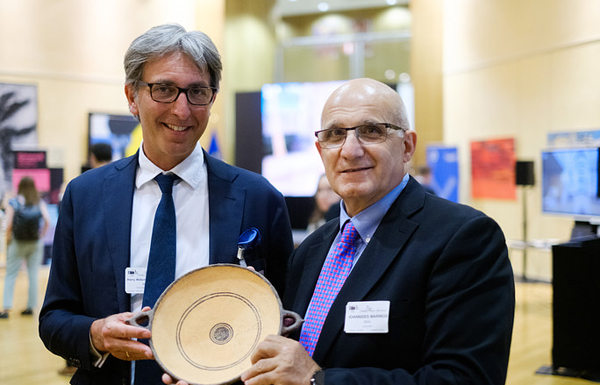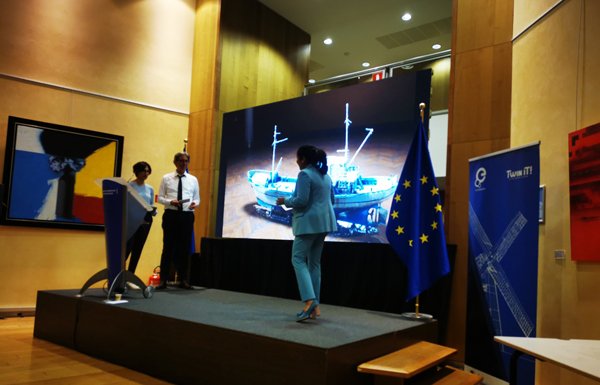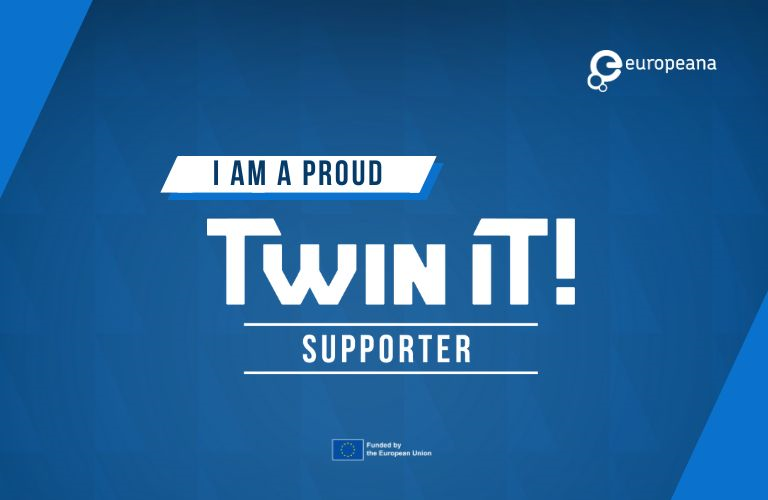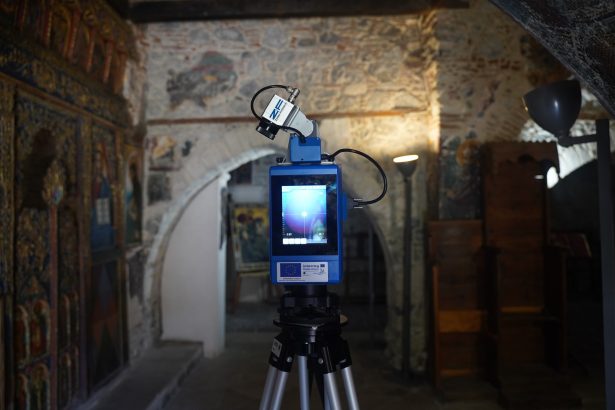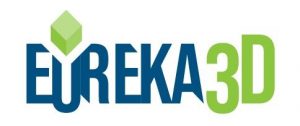Berlaymont, European Commission, Belgium 14 May 2024 | 14:15 – 17:30 (CEST)
Dr Marinos Ioannides, UNESCO Chair on Digital Cultural Heritage and director of the DHRLab at the Cyprus University of Technology attended the Europeana TwinIt! conference, representing Cyprus and the national contribution to the Europeana initiative. The event focused on using 3D technology to save and share Europe’s cultural treasures, supported by the European Commission and Europeana, bringing together all 27 EU member states, each contributing a digitised 3D cultural heritage asset to a common European cultural heritage data space.
Opening the TwinIT! conference, Thierry Breton, Commissioner for Internal Markets, said:
The high-quality 3D models of Europe’s cultural assets that we showcase today demonstrate European excellence in 3D digitisation. I encourage all Member States to harness the opportunities brought by digital technology and data to preserve our European cultural heritage for future generations and to foster innovative applications from education to tourism.
By 2030, the European Commission recommends that all member states digitise their endangered monuments and 50% of the most visited sites. There are three aims to this initiative.
- Make cultural heritage more accessible through 3D digitisation, allowing inaccessible sites to be explored virtually.
- Preserve European cultural heritage for future generations by helping with non-destructive analysis and restoration.
- Promote the use of 3D models to foster innovation and creativity in education, research, smart cities and tourism.
Cyprus provided two contributions, both developed at the DHRLab at CUT, to the TwinIT! initiative, the medieval Castle of Phapos and the last liberty class fishing trawler, the Lambousa, dating from the 1950s, reflecting the diverse history of the island.
Dr. Ioannides also presented the results of the unique collaboration between the Medelhavsmuseet, the Museum of Mediterranean and Near Eastern Antiquities in Stockholm, Sweden, and the Cyprus University of Technology, providing another 31 digitised Cypriot artefacts held in the museum’s collection. These objects were also included in the European Heritage Portal as an example of what can be achieved through institutional cooperation and the willingness to share skills, resources, and know-how.
With EU Member States and initiatives like TwinIt, 3D technology enriches cultural experiences, drives innovation, and ensures heritage preservation for the future, something the DHRLab and CUT are proud to be part of.

